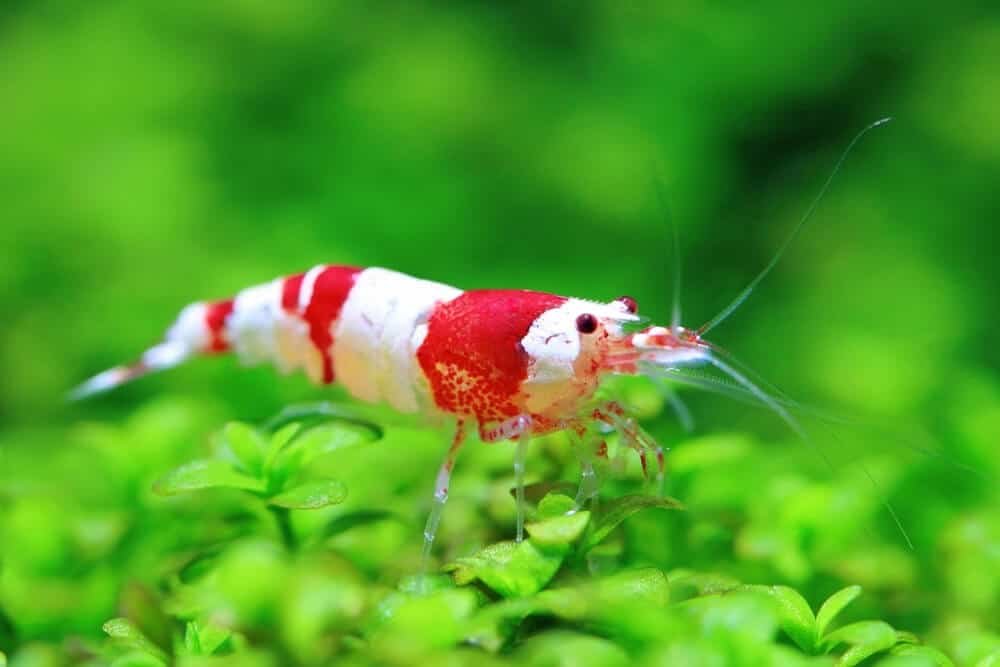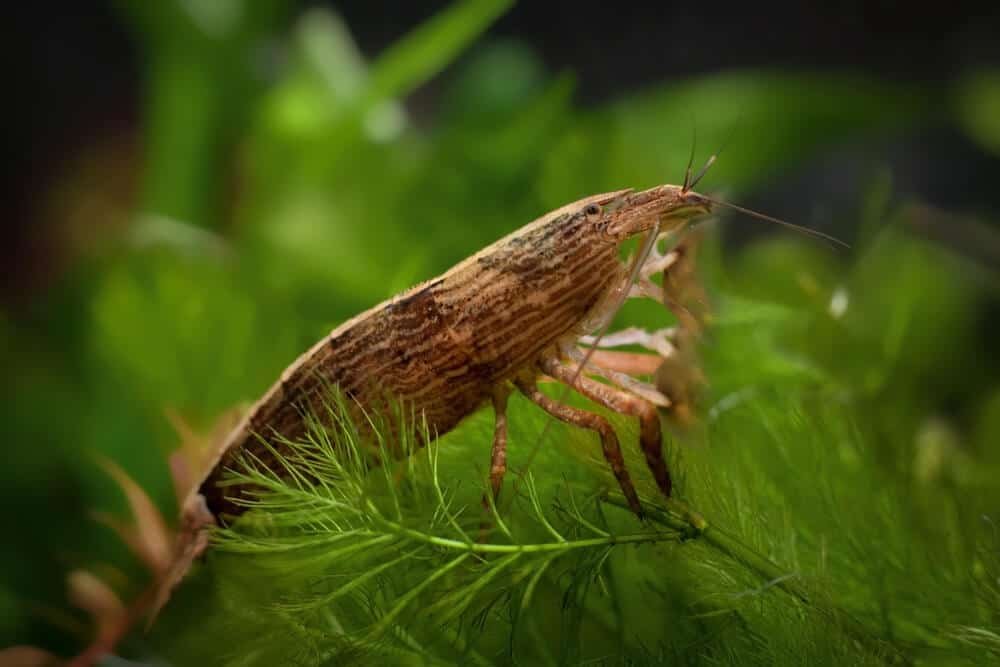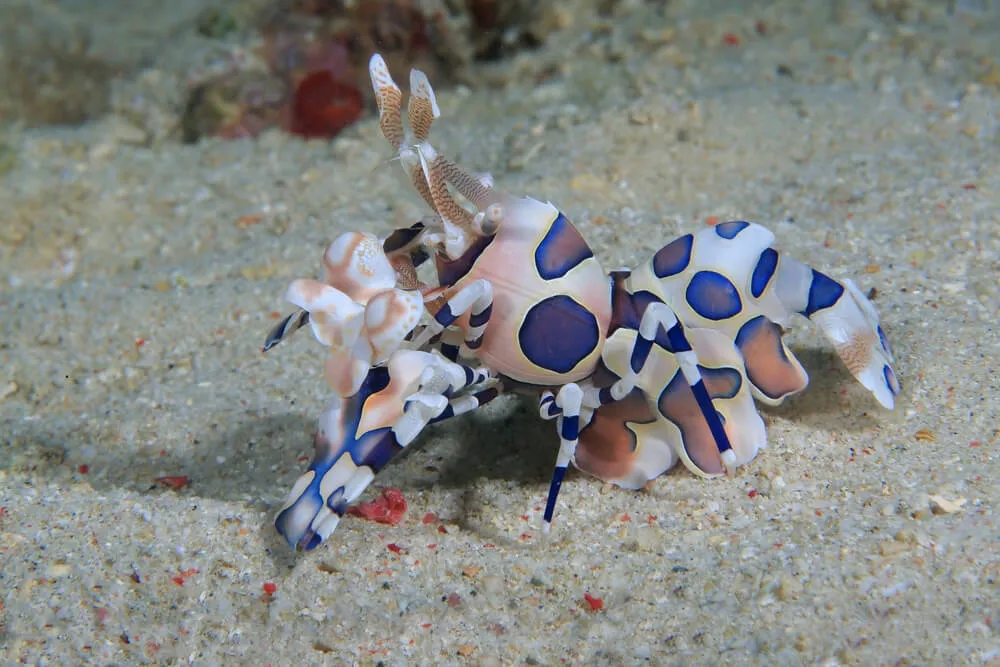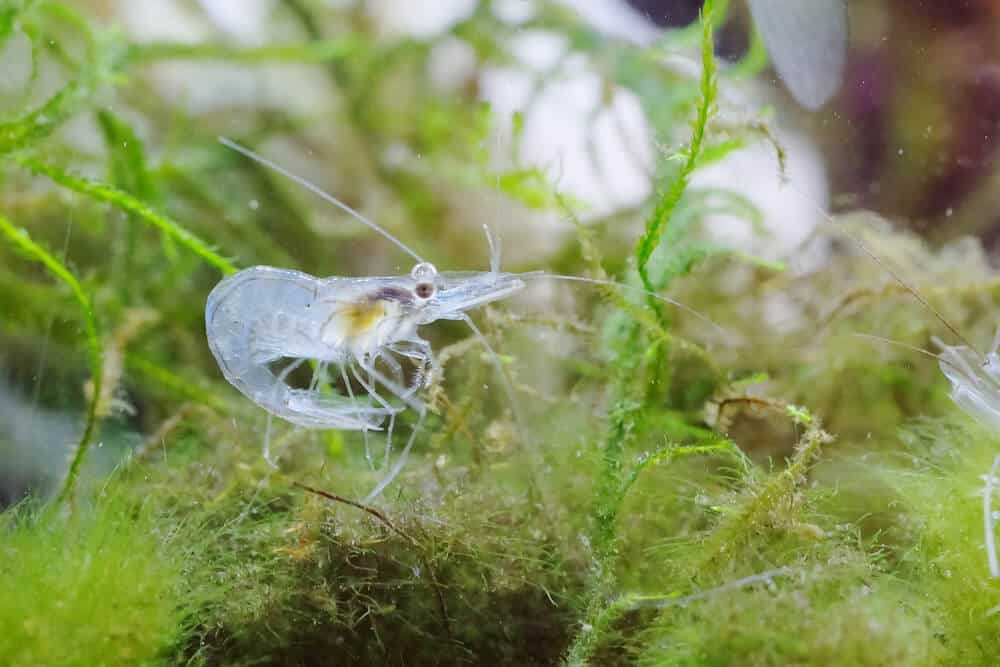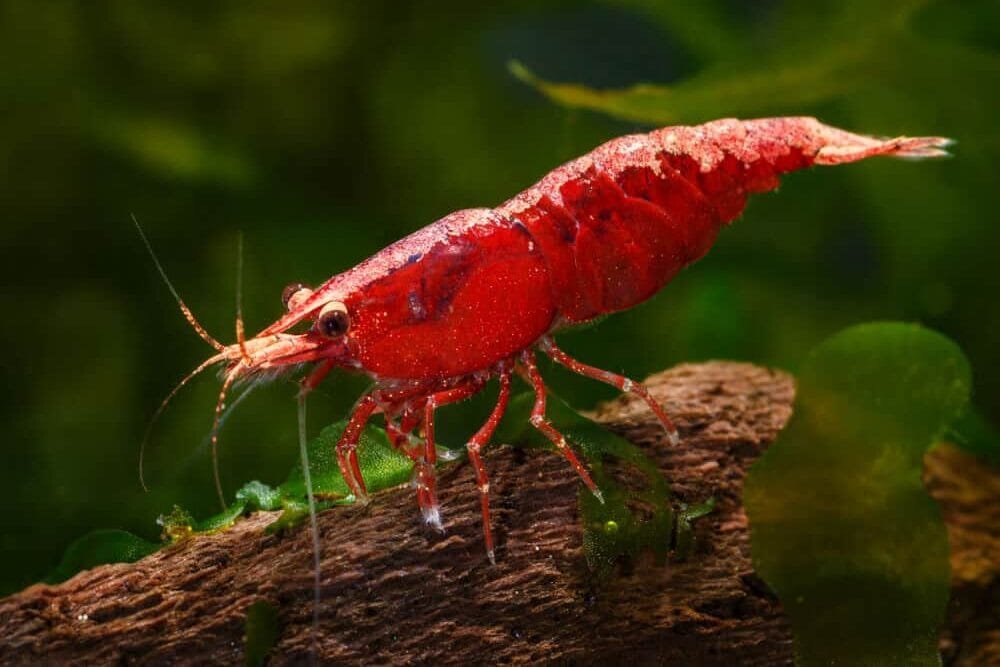How Often Do Cleaner Shrimp Molt?
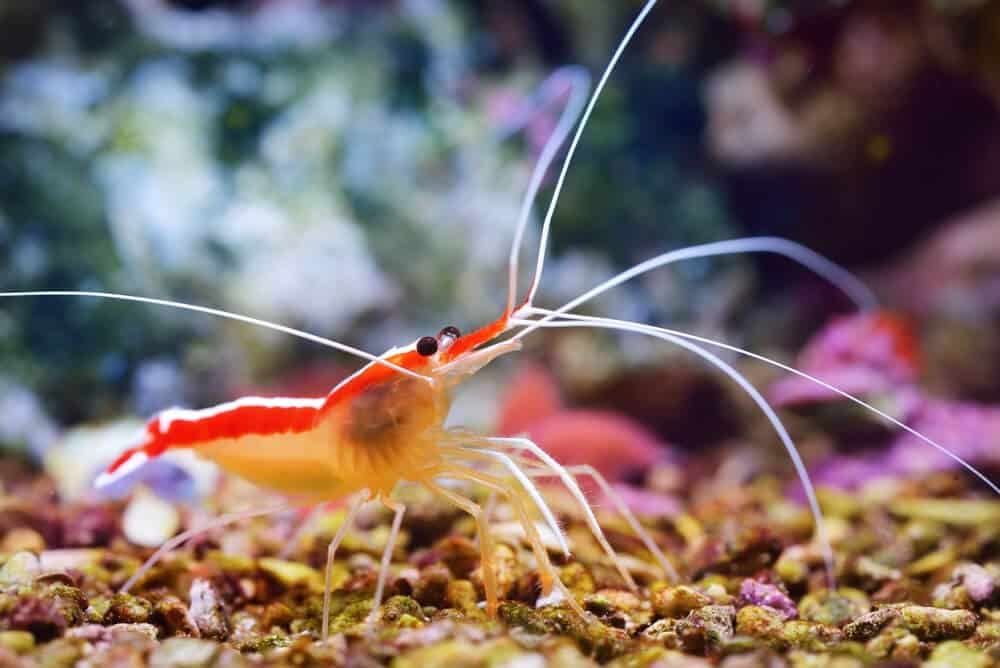
Cleaner shrimps are interesting water creatures that are found in the oceans, rivers, lakes, and hobbyists’ aquariums. Their small size makes them captivating to watch as they swim around the water searching for prey.
The most mesmerizing stage of their lifespan is molting which is a crucial part of survival.
This article will explore the molting process of cleaner shrimp and why it is important to these beautiful creatures.
Molting Frequency In Cleaner Shrimp
The frequency of molting in cleaner shrimps varies depending on various factors such as age, size, and environment.
Molting Frequency In The Wild
While cleaner shrimps are bred in the wild they can molt after 30-70 days. The difference in this duration is because of the independent different factors in the environment.
For instance, cleaner shrimps in the Red Sea can take a shorter time to molt than those in the Caribbean.
Molting Frequency In Captivity
Cleaner shrimps that are bred in captivity can take fewer days to molt because the conditions in the water tank are kept at optimal levels.
Usually, shrimps in captivity can take 25-60 days to molt. As such, they may grow faster, because frequent molting encourages growth.
Why Cleaner Shrimps Molt
The cleaner shrimps are a crustacean family that is known for its exoskeleton that protects the inner parts of their bodies.
To understand the molting process of the cleaner shrimps, it is essential to understand their anatomy.
Crustaceans are known to undergo the molting process, and the cleaner shrimp is not an exception. The molting process involves shedding off the old exoskeleton to form a new one.
The primary material that makes up the exoskeleton is chitin, which is a flexible but tough material. Chitin is also found in the shells of other crustaceans, crabs, and lobsters.
The molting process is characterized by the opening of the exoskeleton which splits open and wriggles out, leaving behind an empty shell that exposes the other body parts.
After shedding off the exoskeleton, the cleaner shrimp becomes vulnerable to predators, since the body now becomes soft.
As such, the shrimp has to incorporate adaptive tricks to protect itself during this phase until the new exoskeleton has hardened enough.
Adaptation Tricks During The Molting Process
Cleaner shrimps have adapted various tricks to protect themselves during the molting phase in various ways.
Finding Safe Places To Hide
When in the molting sage, cleaner shrimps seek out a safe hiding place away from predators.
They can hide in a rock, crevice, or a small cave. Once they spot a good hiding place, they will stay there until the new exoskeleton is hard enough to withstand the harsh environment.
Molting In Groups
Some species of cleaner shrimps will molt in a group to enable them to form a stronger association that can withstand predators.
By doing this, they can watch each other’s backs and defend themselves against an incoming predator or any other threat.
Camouflage
Cleaner shrimps also use camouflage techniques to protect themselves during molting.
They can change their color to imitate their environment so that they are not easily spotted by their enemies. Usually, they can change from transparent to opaque to disrupt the predator.
Shedding Parasites And Pathogens
When cleaner shrimps molt, they are able to shed off pathogens and parasites that have been living in the exoskeleton.
This helps the shrimp leave a healthy life that is free from infections. As a result, they can withstand illnesses that could affect the when molting.
Energy Reservation
During the molting process, cleaner shrimps do not feed. They are able to do this by minimizing movement and activity.
They conserve energy and concentrate on the task of shedding the exoskeleton. After the molting phase, they feed more to replenish energy stores.
Factors Affecting Molting Frequency In Cleaner Shrimp
Many factors contribute to the molting frequency of cleaner shrimps.
Age
Younger shrimps will tend to molt more frequently when compared to adult shrimps. This is because the young ones need to molt to promote growth.
The exoskeleton must be shed to give space to the growing body size of the young ones.
Size
Larger shrimps will molt less frequently when compared to smaller shrimps. The smaller ones have a high surface area to volume ratio and thus, lose heat more quickly.
They need to molt more often in order to increase in size and surface area so that they can retain more heat in their bodies.
Water Quality And Temperature
The frequency of molting can also be influenced by water quality and temperature. Too cold or too warm water can stress the cleaner shrimps while contaminated water will have adverse effects on the shrimps.
Poor water quality can have many traces of nitrates and ammonia, which can be lethal. As such, when these two factors are not at optimal levels, the molting frequency of cleaner shrimps will be low.
Food Availability And Diet
Shrimps will molt more frequently when they are well-fed. A good diet is one that contains all elements that encourage growth.
For instance, combining plants and protein foods for the shrimps is a well-thought-out idea.
Presence Of Predators
When there are too many predators in their environment, shrimps will not molt as often. This is because their bodies are more vulnerable during the molting phase, and predators will take full advantage of the condition.
Final Thoughts
Molting is a critical phase in the lifecycle of cleaner shrimps because it promotes growth. The frequency of molting in shrimps can vary depending on environmental factors, age, and size.
However, cleaner shrimps are more vulnerable during the molting process because they do not feed and their body cover is soft.
As such, there is a need to have a water tank that has optimum conditions, to meet the right parameters that encourage molting.
Overall, cleaner shrimps have various adaptations that make the molting phase an easy one.
By understanding the adaptation tricks that these creatures, we find it critical to appreciate their mode of survival which is full of interesting facts and marked with resilience.
